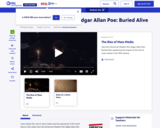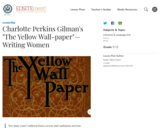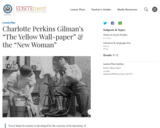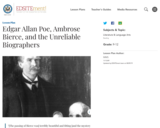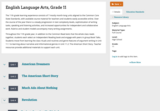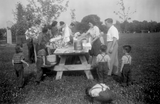
Students launch the second unit with a Build Background Knowledge protocol, reading short informational texts and examining visual art to further develop their sense of the social and political context of the Harlem Renaissance. They explore the context of the Harlem Renaissance, noting how the Harlem Renaissance occurred during the Great Migration, Jim Crow laws, and the racial violence of post-Civil War America. Students read two short stories, “His Motto” by Lottie Burrell Dixon and “The Boy and the Bayonet” by Paul Laurence Dunbar. Students explore character, plot, setting, theme, language, and point of view in these short stories. Additionally, students discuss how both stories develop themes about working hard to achieve dreams and how community helps to bring out our best selves. For the mid-unit assessment, students examine the third part of “The Boy and the Bayonet” for how particular elements of a story interact and how the author develops and contrasts the points of view of different characters.
In the second half of the unit, students continue to explore the context of the Harlem Renaissance by analyzing how the theme of looking to the past for strength and hope connects examples of its artwork and text. Students begin this work by examining a model literary argument essay, discussing how three pieces of work from the Harlem Renaissance are connected by this theme. Next, students study the introduction, Proof Paragraphs, and conclusion of the model literary argument essay as they work collaboratively to plan and write their own pair literary argument essay. This pair essay explores the theme of how collaboration and community bring out the best in people. In the end of unit assessment, students independently write their own literary argument essay about how three works from the Harlem Renaissance are connected by the theme of dreams giving life meaning and purpose.
- Subject:
- English Language Arts
- Material Type:
- Unit of Study
- Provider:
- EL Education
- Date Added:
- 05/17/2024
